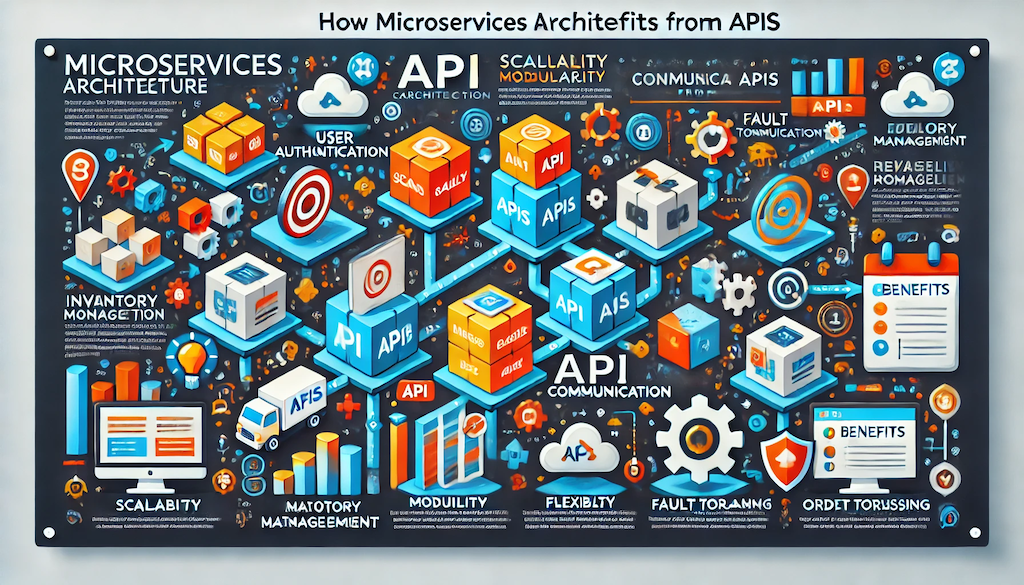How Microservices Architecture Benefits from APIs

Microservices architecture is a design approach where an application is structured as a collection of loosely coupled, independently deployable services. APIs (Application Programming Interfaces) play a critical role in enabling microservices to function as modular and scalable systems.
What is Microservices Architecture?
Microservices architecture is built around the idea of decomposing large, monolithic applications into smaller, more manageable components. Each service in a microservices system focuses on a specific business capability, such as user authentication, inventory management, or order processing. These services can be developed, deployed, and scaled independently, providing flexibility and agility in system development.
The Role of APIs in Microservices
APIs act as the communication bridge between microservices. Each service exposes its functionality through well-defined APIs, allowing other services to interact with it. This ensures a high degree of modularity, as services are decoupled and communicate solely through these interfaces.
- Standardized Communication: APIs enable microservices to communicate using standardized protocols like REST, GraphQL, or gRPC.
- Language and Platform Agnosticism: Services written in different languages or deployed on diverse platforms can seamlessly interact through APIs.
- Encapsulation: Internal implementation details of a service remain hidden, exposing only the required functionality.
Benefits of APIs in Microservices Architecture
APIs provide several advantages that amplify the benefits of microservices architecture:
- Modularity: APIs ensure that each microservice remains independent, simplifying maintenance and enabling teams to work on different services simultaneously.
- Scalability: Services can be scaled individually based on their specific resource demands, optimizing performance and cost.
- Flexibility: New services can be added or replaced without disrupting the overall system, promoting adaptability.
- Improved Fault Tolerance: If one service fails, APIs ensure that the rest of the system can continue to function, isolating failures.
Real-World Examples
Many organizations, including Netflix, Amazon, and Uber, have adopted microservices architecture powered by APIs to achieve scalability and agility. For instance:
- Netflix: Uses microservices and APIs to deliver personalized content recommendations and seamless streaming experiences.
- Amazon: Manages its e-commerce operations through microservices, ensuring scalability during high-demand events like Black Friday sales.
Conclusion
The combination of microservices architecture and APIs offers a powerful solution for building modular, scalable, and resilient systems. By leveraging APIs as the backbone of communication, organizations can achieve greater agility and adaptability in today's fast-paced technological landscape.